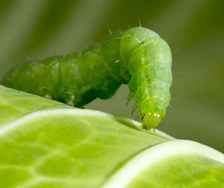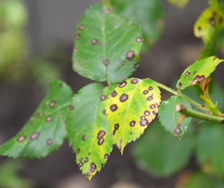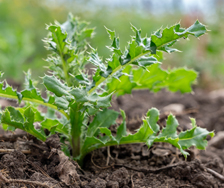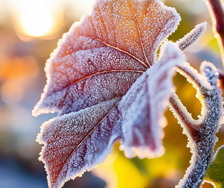Yates Account
Join now
Create a Yates account today!
Sign up to join the Yates Garden Club for monthly e-mails packed with seasonal inspiration, tips for success & exclusive promotions.
Plus if you’re a Garden Club member you can take part in the Yates Growing Community - a blog to share successes, get advice & win prizes in fun challenges along the way!

Forgot password
Enter the email address associated with your account, and we'll email you a new password.

Timely Tasks
The wintery garden is starting to stir; August is the transition month when spring starts dropping hints that it's just around the corner. This is the signal for your citrus trees to get into top gear; they’ve been pouring their energy into ripening fruit, so they’ll really benefit from some TLC. Lemon trees may have been in full fruit for ages, but they’ll soon begin flowering again when the days start to lengthen.
August Feeding
Citrus plants are heavy feeders, but they do slow down during winter. In the coldest part of the season, you can keep feeding to a minimum. But now winter is on the way out, so it's time to watch for your opportunity, then step on the gas! As soon as the chance of frost has passed, begin to feed your citrus trees generously, to keep them going through spring. Apply a complete citrus food, like Yates Thrive Citrus & Fruit Granular Plant Food around the root zone of in-ground and potted citrus trees, then water in well.
August Mulching
Apply a fresh layer of mulch, like pea straw or bark chips, around the root zone of your citrus trees. Mulch helps regulate soil temperature (it really helps to protect the roots of citrus trees from late frosts) and suppresses weeds as they begin to get started. Make sure the mulch doesn’t directly touch the base of the trunk, as this can encourage Collar Rot disease. Leave a slight gap around the trunk.

August Pruning
It’s an ideal time to prune citrus trees this month, before mid-September. There’s a good reason for this deadline: Lemon Tree Borer. Borer beetles begin flying at night from mid-spring to autumn, on the lookout for trees to lay their eggs. The scent of freshly pruned citrus trees attracts them like a magnet, so it’s wise to get your pruning done before spring fully arrives (if you live in a frosty area, wait until the chance of frost has passed before pruning). After pruning, make sure to tidy up and burn the offcuts.
A solution for protecting fresh pruning cuts is Yates PruneTec, which seals off the wound and forms a physical barrier against borer larvae entering it.
To prune, cut back any dead/diseased wood, twiggy/straggly growth, plus any branches growing in towards the centre of the tree. Also, remove any branches that are hanging low (almost touching the soil) to help lift up the canopy.
The idea is to cut back any areas heavily congested with branches to open up the canopy, which allows for better air circulation through the tree, and lets more sunlight into the centre. This encourages fruit development, but more importantly it reduces the chance of diseases getting started.
If there are upright shoots growing from beneath the graft union (the bumpy bit at the base of the trunk), trim these back flush with the trunk. These shoots often sprout from the tree's hardy rootstock, but they won’t develop any fruit. Typically, they’re viciously thorny and will eventually steal all the nutrition from the fruit-bearing tree if not removed.

August Watering
Keep the soil or potting mix watered just enough to maintain consistent moisture. Remember though, citrus trees hate sitting in saturated soil, plus too much water can lead to the fruit splitting. High humidity can also create conditions favourable to fungal diseases.
August Spraying
If you have a tree with brown spots on the leaves, rotten brown spots on fruit, or fruit dropping off early, give it a thorough spray with Yates Copper Oxychloride.
Likewise, if the fruit has rough scabby-looking growths on the skin, apply Yates Copper Oxychloride before flower petals form, or at monthly intervals beginning after all petals have fallen. It won’t fix this harvest, but it will prevent it happening again next year.
Why Does My Citrus Have Yellow Leaves?
Some citrus trees are less cold-tolerant than others, so their leaves can suddenly yellow after a frost, or especially cold weather. There’s usually no need for concern, it just signals that the plant is responding to the uncomfortable temperature. It isn't actually due to a lack of fertiliser, so don’t be tempted to give them a huge feed if it’s still really cold. Wait for warmer weather before you feed in earnest.
If the leaves yellow at any other time of the year, the problem is likely to be either a nutrient deficiency, inconsistent watering, or a stress response to insect pests.













Share
Share this article on social media